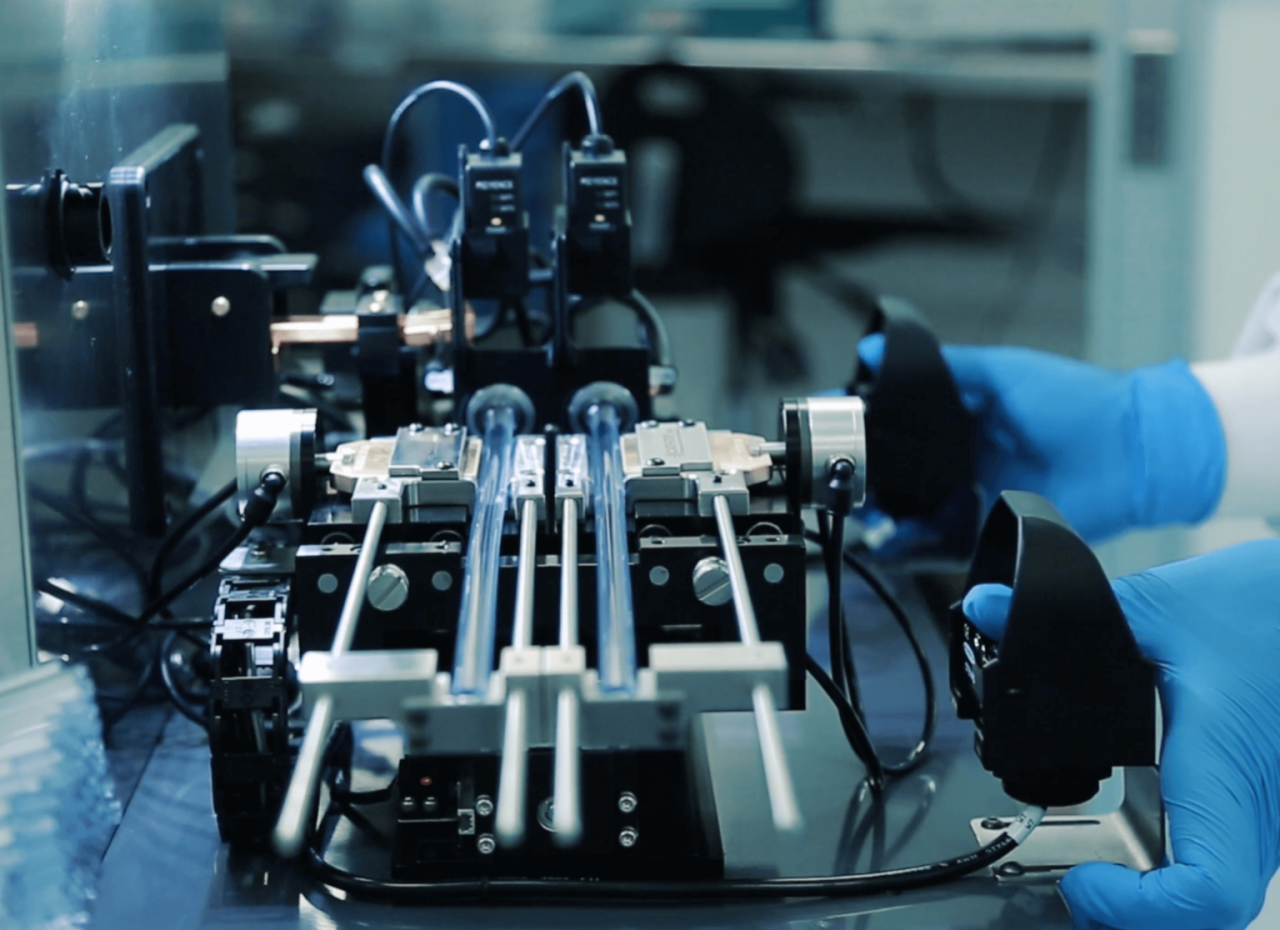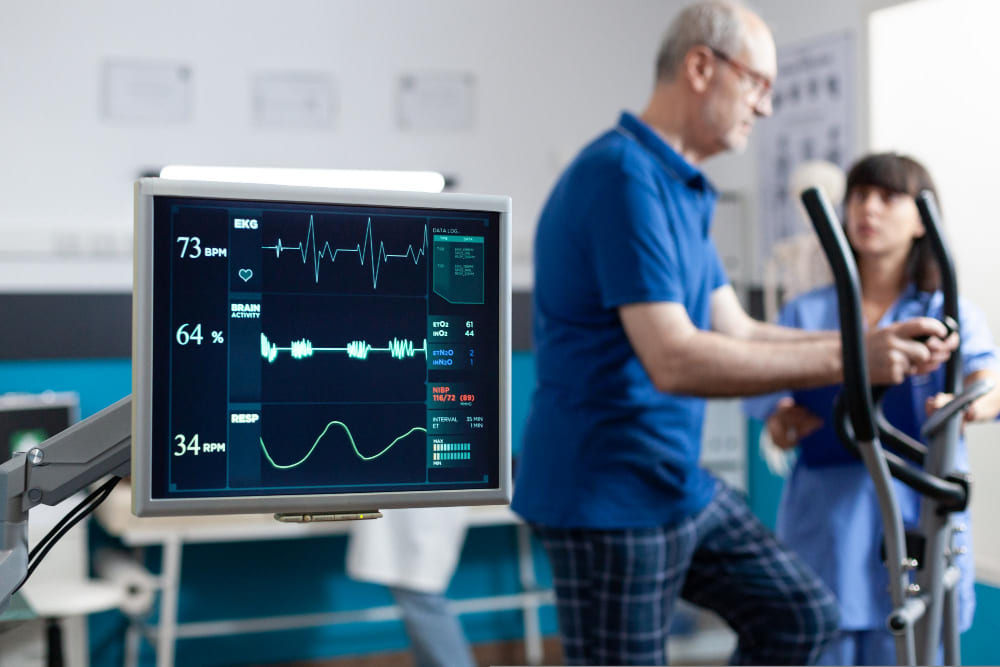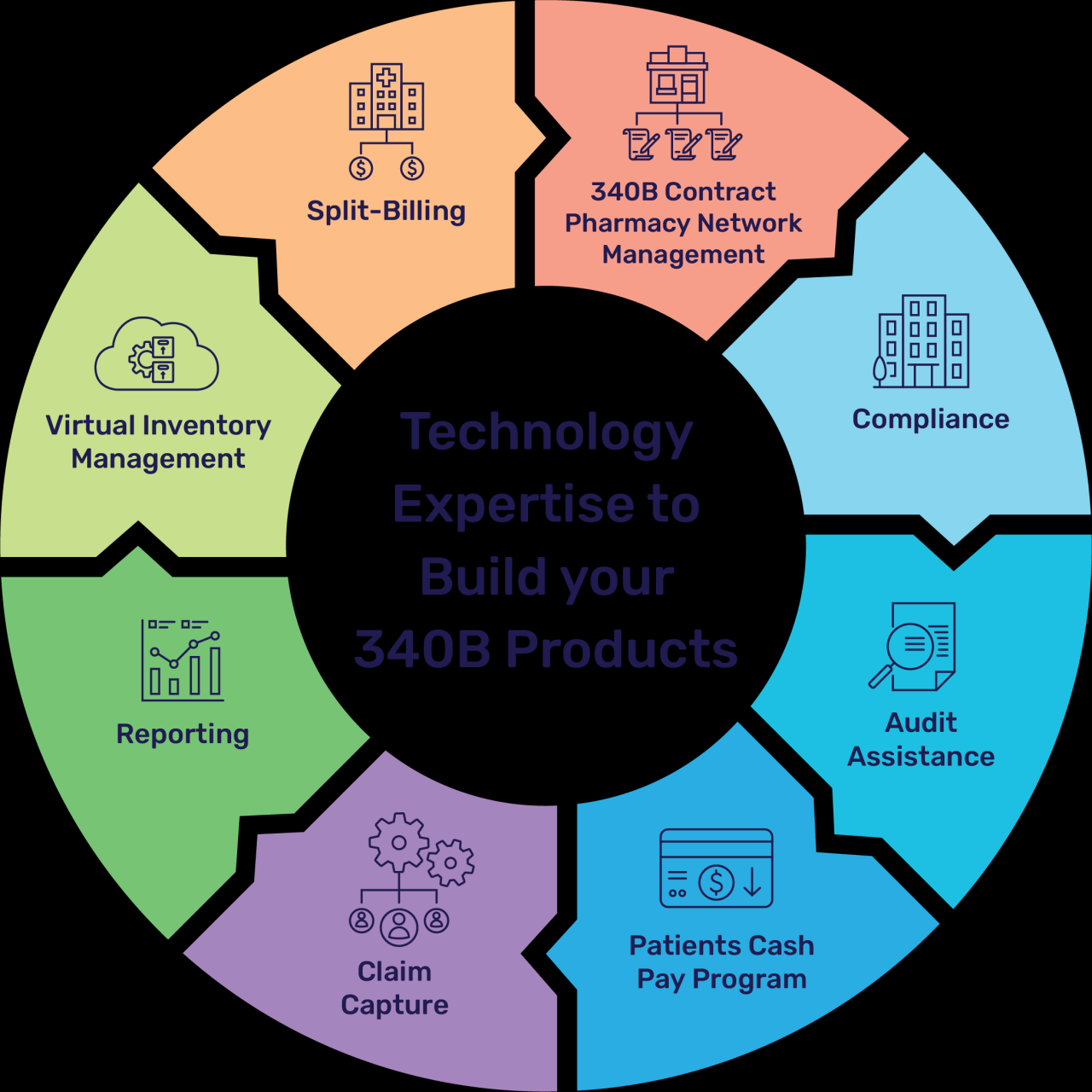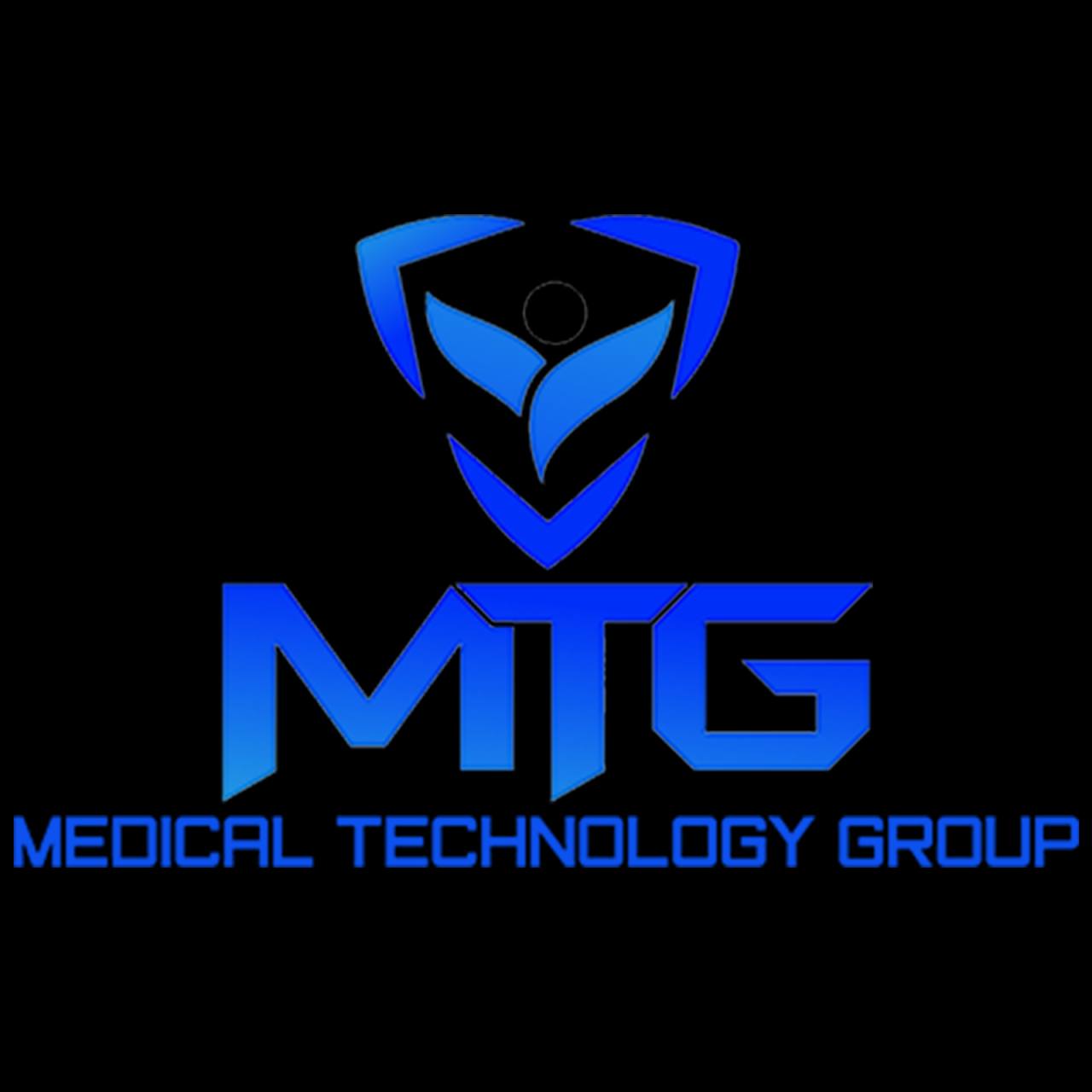Occupational Therapy and Technology: A Modern Approach
Occupational therapy and technology have become increasingly intertwined, ushering in a new era of innovative and effective therapeutic approaches. This dynamic partnership has revolutionized how occupational therapists assess, treat, and […]

Occupational therapy and technology have become increasingly intertwined, ushering in a new era of innovative and effective therapeutic approaches. This dynamic partnership has revolutionized how occupational therapists assess, treat, and manage client needs across diverse settings.
From virtual reality simulations for cognitive rehabilitation to wearable sensors for motor skill development, technology has become an integral part of the occupational therapy toolkit. This integration has not only expanded the scope of practice but also enhanced client engagement, motivation, and overall therapeutic outcomes.
The Evolution of Technology in Occupational Therapy
Occupational therapy (OT) has historically focused on hands-on, practical approaches to improving individuals’ daily functioning. However, the integration of technology has significantly transformed the field, expanding its scope and enhancing its effectiveness.
The Integration of Technology in Occupational Therapy
The incorporation of technology into occupational therapy is not a recent phenomenon. Early examples include the use of tools and assistive devices for patients with physical limitations. The invention of the wheelchair in the 18th century, for instance, revolutionized mobility for individuals with disabilities. The development of the splints and braces in the 19th century provided support and stability for individuals with musculoskeletal injuries.
The Impact of Technological Advancements on Occupational Therapy
Technological advancements have had a profound impact on the scope and practice of occupational therapy. The emergence of computers, the internet, and mobile devices has opened up new avenues for assessment, intervention, and client engagement.
- Virtual Reality (VR) and Augmented Reality (AR): VR and AR technologies have become increasingly popular in occupational therapy, offering immersive and interactive experiences for clients. VR simulations can be used to train individuals with cognitive impairments in everyday tasks, such as cooking or navigating a grocery store. AR can overlay digital information onto the real world, providing guidance and support during activities. For example, an AR app could guide a patient with a stroke through the steps of dressing, providing visual cues and instructions.
- Telehealth: Telehealth platforms have enabled OTs to provide remote services, expanding access to care for individuals in rural areas or with limited mobility. Telehealth consultations allow OTs to assess clients, develop treatment plans, and monitor progress remotely. This technology has proven particularly valuable during the COVID-19 pandemic, ensuring continuity of care despite physical distancing restrictions.
- Assistive Technology (AT): AT encompasses a wide range of devices and software that can enhance the abilities of individuals with disabilities. Examples include speech-to-text software for individuals with communication difficulties, adaptive keyboards for individuals with motor impairments, and smart home technologies that enable individuals with mobility limitations to control appliances and lighting systems.
Applications of Technology in Occupational Therapy Practice
Technology has revolutionized the field of occupational therapy, providing therapists with innovative tools to assess, treat, and manage client needs across diverse settings. From virtual reality simulations to telehealth platforms, technology has significantly expanded the reach and effectiveness of occupational therapy interventions.
Applications of Technology in Occupational Therapy Settings
Technology plays a crucial role in enhancing occupational therapy practice across various settings, including hospitals, schools, and home health. Here are some examples of how technology is used in different settings:
- Hospitals: In hospital settings, technology aids in patient assessment, rehabilitation, and discharge planning. For example, wearable sensors can track patient movement and progress during physical therapy, while virtual reality simulations can help patients practice daily living skills in a safe and controlled environment. Telehealth platforms enable therapists to provide remote consultations and monitor patients’ progress remotely.
- Schools: In school settings, technology supports students with disabilities in accessing education and participating in classroom activities. Assistive technology devices, such as speech-to-text software and adaptive keyboards, can help students with communication and writing difficulties. Virtual reality simulations can provide engaging and interactive learning experiences, while adaptive gaming platforms can enhance cognitive and motor skills.
- Home Health: Technology empowers home health therapists to provide personalized and effective care to clients in their homes. Telehealth platforms enable therapists to conduct virtual assessments, provide remote therapy sessions, and monitor client progress. Wearable sensors can track client activity levels and provide real-time feedback, while mobile apps can facilitate communication and coordination between therapists and clients.
Applications of Technology in Occupational Therapy Interventions
Technology has significantly expanded the scope and effectiveness of occupational therapy interventions, enabling therapists to address a wide range of client needs. Here are some examples of how technology is used in different areas of occupational therapy:
- Cognitive Rehabilitation: Technology plays a crucial role in cognitive rehabilitation, helping clients with brain injuries or cognitive impairments regain lost function. Brain training software and apps can improve attention, memory, and executive function. Virtual reality simulations can provide immersive environments for practicing real-life tasks, such as driving or managing finances. Telehealth platforms allow therapists to provide remote cognitive rehabilitation services, making treatment more accessible.
- Motor Skills Development: Technology is widely used to enhance motor skills development in clients with physical disabilities or developmental delays. Robotics and assistive devices, such as exoskeletons and adaptive controllers, can assist clients in performing movements and improving motor control. Virtual reality simulations can provide engaging and interactive environments for practicing motor skills, such as reaching, grasping, and walking. Telehealth platforms allow therapists to provide remote motor skill training, facilitating access to treatment.
- Sensory Integration: Technology has revolutionized sensory integration therapy, providing therapists with innovative tools to address sensory processing challenges. Sensory-based apps and games can provide stimulating and engaging experiences, helping clients regulate their sensory systems. Wearable sensors can track physiological responses to sensory stimuli, providing therapists with valuable insights into client needs. Telehealth platforms allow therapists to conduct remote sensory integration assessments and interventions, expanding the reach of treatment.
Technology in Occupational Therapy Practice: Benefits and Limitations
| Technology | Application | Benefits | Limitations |
|---|---|---|---|
| Virtual Reality (VR) | Cognitive rehabilitation, motor skills development, sensory integration | Immersive and engaging experiences, safe and controlled environments, personalized interventions | High cost, limited accessibility, potential for motion sickness |
| Assistive Technology (AT) | Communication, mobility, daily living skills | Increased independence, improved participation, enhanced quality of life | Costly, requires training and support, potential for technology dependence |
| Telehealth | Remote assessments, therapy sessions, progress monitoring | Increased accessibility, reduced travel time, cost-effective | Technical difficulties, privacy concerns, potential for limited interaction |
| Wearable Sensors | Activity tracking, physiological monitoring, biofeedback | Objective data collection, real-time feedback, personalized interventions | Privacy concerns, potential for inaccurate data, limited functionality |
Therapeutic Benefits of Technology in Occupational Therapy
Technology has revolutionized the field of occupational therapy, offering a wide range of benefits that enhance client engagement, motivation, and overall therapeutic outcomes. By leveraging technology, occupational therapists can create more personalized and effective treatment plans, improve access to services, and ultimately empower individuals to achieve their full potential.
Enhanced Client Engagement and Motivation
Technology can play a crucial role in enhancing client engagement and motivation during therapy sessions. Interactive games, virtual reality simulations, and adaptive apps provide engaging and motivating experiences that promote active participation and learning. For example, using a virtual reality platform to simulate a grocery store environment can help individuals with cognitive impairments practice navigating a familiar setting, improving their daily living skills and confidence.
- Interactive Games and Apps: Engaging games and apps can make therapy more enjoyable and motivating, particularly for children and adolescents. These tools can be used to target specific skills, such as fine motor coordination, problem-solving, and social interaction.
- Virtual Reality (VR) Simulations: VR technology offers immersive experiences that allow clients to practice skills in realistic virtual environments. This can be particularly beneficial for individuals with anxiety, phobias, or physical limitations.
- Gamification: Incorporating game-like elements into therapy can increase motivation and engagement. This can involve setting goals, earning rewards, and tracking progress, which can make the therapy process more enjoyable and rewarding.
Individualized Therapy Plans and Adaptive Strategies
Technology enables occupational therapists to create highly individualized therapy plans that cater to the unique needs of each client. This is achieved through the use of assessment tools, data analysis, and adaptive technologies.
- Assistive Technology (AT) Assessment Tools: Technology can be used to assess clients’ needs and identify appropriate assistive technology solutions. This can involve using specialized software to evaluate cognitive abilities, sensory processing, and motor skills.
- Data-Driven Therapy: Technology allows therapists to collect and analyze data on client progress, enabling them to adjust therapy plans based on real-time outcomes. This data can include information on task completion, movement patterns, and response times.
- Adaptive Technologies: Technology can provide adaptive strategies for individuals with disabilities, allowing them to participate in activities and tasks that might otherwise be challenging. Examples include voice-activated software, specialized keyboards, and adaptive controllers for gaming.
Improved Access to Occupational Therapy Services
Technology has significantly expanded access to occupational therapy services, particularly for individuals in remote areas or with limited mobility. Telehealth platforms, online resources, and remote monitoring tools allow therapists to provide care from a distance, bridging geographical barriers and ensuring continuity of care.
- Telehealth: Telehealth platforms enable therapists to conduct virtual therapy sessions, allowing clients to access services from the comfort of their own homes. This is particularly beneficial for individuals who have difficulty traveling or who require specialized care.
- Online Resources: A wealth of online resources, including educational videos, interactive exercises, and support groups, can supplement traditional therapy and provide clients with valuable information and support.
- Remote Monitoring: Technology can be used to remotely monitor client progress and provide feedback. This can involve using wearable sensors to track movement patterns, activity levels, and other relevant data.
Ethical Considerations and Challenges in Technology Integration
The integration of technology in occupational therapy presents a unique set of ethical considerations that must be addressed to ensure responsible and beneficial practice. It is crucial to balance the potential benefits of technology with the need to protect client privacy, security, and autonomy.
Data Privacy and Security
The use of technology in occupational therapy inevitably involves the collection, storage, and transmission of client data. It is essential to ensure that this data is handled responsibly and ethically. This includes implementing robust security measures to protect client information from unauthorized access, use, or disclosure.
- Confidentiality: Occupational therapists must adhere to strict confidentiality protocols, ensuring that client data is only accessible to authorized individuals. This includes using secure platforms for data storage and transmission, such as HIPAA-compliant systems, and implementing strong password policies.
- Data Minimization: Only collect and store data that is absolutely necessary for the therapeutic process. This minimizes the risk of data breaches and ensures that only relevant information is collected.
- Data Integrity: Implement measures to ensure the accuracy, completeness, and reliability of client data. This includes regular data backups and system audits to prevent data loss or corruption.
Informed Consent
Clients must be fully informed about the use of technology in their therapy and have the opportunity to provide informed consent. This includes providing clear and understandable information about the specific technologies being used, the data collected, and the potential risks and benefits.
- Transparency: Clearly communicate the purpose, functionality, and limitations of the technology used in therapy.
- Choice: Offer clients alternative treatment options that do not involve technology if they prefer.
- Control: Empower clients to control their data by providing them with options to access, modify, or delete their information.
Accessibility and Cost
While technology offers significant potential benefits, it also presents challenges related to accessibility and cost.
- Digital Divide: Not all clients have equal access to technology, creating a digital divide that can limit the benefits of technology-assisted therapy. It is essential to consider alternative options for clients who lack access to technology or have limited digital literacy skills.
- Cost of Technology: The cost of acquiring and maintaining technology can be a barrier for some clients and therapists. This includes the cost of devices, software, and ongoing maintenance. Explore cost-effective solutions and consider seeking funding opportunities to address this challenge.
Training Requirements
The effective use of technology in occupational therapy requires ongoing training and professional development. This includes learning about the specific technologies used, understanding ethical considerations, and developing skills in integrating technology into therapeutic interventions.
- Continuing Education: Encourage occupational therapists to participate in ongoing professional development opportunities to stay abreast of technological advancements and ethical considerations.
- Mentorship and Supervision: Provide mentorship and supervision opportunities for therapists who are new to using technology in their practice.
Future Trends and Innovations in Occupational Therapy and Technology
The integration of technology into occupational therapy is rapidly evolving, promising a future where personalized, data-driven, and accessible interventions become the norm. This section will explore emerging trends and innovations in technology that are poised to reshape the field of occupational therapy, examining the potential impact of artificial intelligence, virtual reality, and wearable technology.
Artificial Intelligence in Occupational Therapy
Artificial intelligence (AI) is revolutionizing healthcare, and occupational therapy is no exception. AI algorithms can analyze vast amounts of data, identify patterns, and make predictions, leading to more personalized and effective interventions.
- Personalized Treatment Plans: AI-powered platforms can analyze patient data, including medical history, functional assessments, and environmental factors, to generate personalized treatment plans tailored to individual needs and goals. This can lead to more efficient and effective interventions, reducing the time needed to achieve desired outcomes.
- Predictive Analytics: AI can analyze data to predict potential risks and identify individuals who may benefit from early intervention. For example, AI could be used to predict falls in older adults based on their gait patterns, allowing for proactive interventions to prevent injuries and improve safety.
- Remote Monitoring and Telehealth: AI-enabled platforms can facilitate remote monitoring of patients’ progress, allowing therapists to track their performance, identify potential issues, and adjust treatment plans as needed. This can improve access to care for individuals in rural areas or with limited mobility.
Virtual Reality in Occupational Therapy, Occupational therapy and technology
Virtual reality (VR) technology is creating immersive and interactive experiences that can enhance rehabilitation and skill development in occupational therapy. VR simulations can provide realistic scenarios that mimic real-life situations, allowing individuals to practice and improve their functional skills in a safe and controlled environment.
- Rehabilitation for Neurological Conditions: VR can be used to create immersive environments that promote motor learning and recovery in individuals with neurological conditions, such as stroke or traumatic brain injury. VR exercises can target specific motor skills, such as reaching, grasping, and walking, providing repetitive practice in a motivating and engaging way.
- Cognitive Rehabilitation: VR simulations can challenge cognitive functions, such as attention, memory, and problem-solving, providing a platform for cognitive rehabilitation in individuals with cognitive impairments. VR games can be designed to target specific cognitive skills and provide personalized feedback, making the rehabilitation process more engaging and effective.
- Occupational Skill Training: VR can be used to train individuals in various occupational skills, such as cooking, driving, or using public transportation. VR simulations can create realistic environments that allow individuals to practice these skills in a safe and controlled setting, building confidence and independence.
Wearable Technology in Occupational Therapy
Wearable technology is becoming increasingly popular, offering real-time data on movement, activity, and physiological parameters. This data can be valuable in occupational therapy practice, providing insights into individuals’ functional abilities and progress over time.
- Activity Monitoring and Functional Assessment: Wearable sensors can track movement patterns, gait analysis, and daily activity levels, providing objective data for functional assessment and monitoring progress in rehabilitation. This information can help therapists identify areas for improvement and tailor interventions accordingly.
- Biofeedback and Gamification: Wearable technology can provide real-time feedback on performance, encouraging engagement and motivation during therapy sessions. For example, wearable sensors can track muscle activation during exercises, providing immediate feedback to individuals, promoting self-awareness, and facilitating skill development.
- Remote Monitoring and Home-Based Rehabilitation: Wearable technology can facilitate remote monitoring of patients’ progress, allowing therapists to track their activity levels, identify potential issues, and adjust treatment plans as needed. This can promote independence and self-management, enabling individuals to continue their rehabilitation at home.
Summary

The future of occupational therapy and technology is bright, promising even more innovative solutions to address the evolving needs of individuals. As technology continues to advance, occupational therapists are poised to leverage its potential to improve the lives of countless people, fostering greater independence, participation, and well-being.
Occupational therapy is increasingly incorporating technology to enhance client care and outcomes. This includes using virtual reality for rehabilitation, wearable sensors for movement analysis, and teletherapy platforms for remote sessions. As the field evolves, a role like a deputy chief technology officer could be crucial in guiding the integration of new technologies and ensuring their ethical and effective use in occupational therapy practice.










